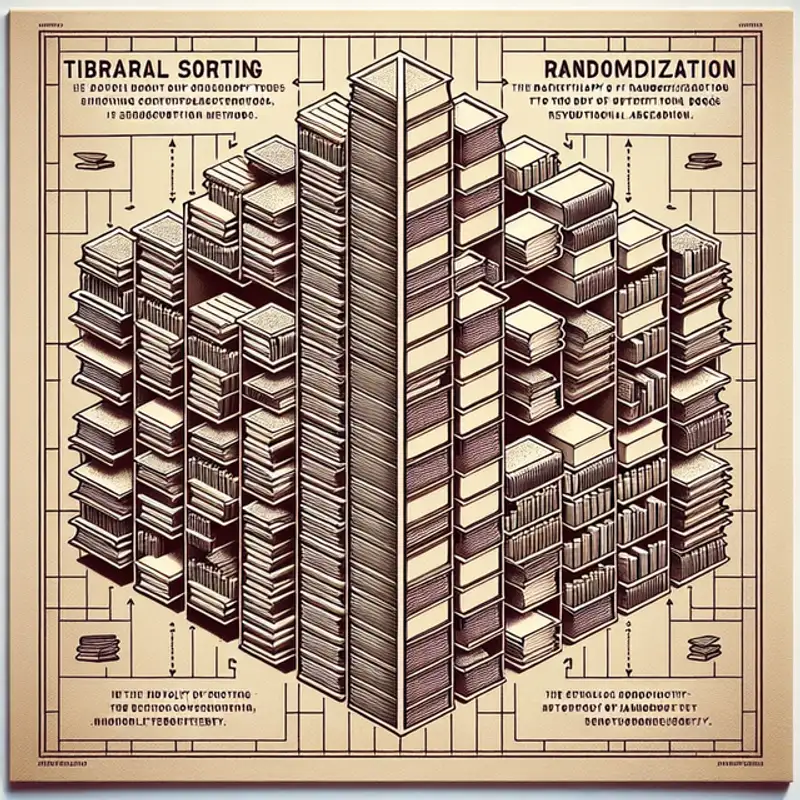 Episode
Episode
· 01:53
This article delves into an advanced approach to the classic library sorting (or list labeling) problem—organizing books or files on a shelf (or in a database) to minimize the time it takes to insert a new item. Researchers have long wrestled with how to insert items quickly without shuffling many others, a challenge that has real-world implications for massive datasets. Starting with deterministic and smooth methods that were capped at an insertion time proportional to (log n)², recent breakthroughs by Michael Bender, William Kuszmaul, and colleagues have nearly closed the gap by harnessing randomness and limited historical information. Their novel algorithms, moving away from strictly smooth and deterministic designs, have slashed the average insertion time dramatically—from (log n)² to nearly log n (modulo a small log log n factor). These advances not only promise faster and more efficient sorting in digital storage systems but also hint at broader applications across dynamic data structures and graph processing.
Why did the algorithm get a library card? Because it just couldn’t resist checking itself out!
Link to Article
Listen to jawbreaker.io using one of many popular podcasting apps or directories.